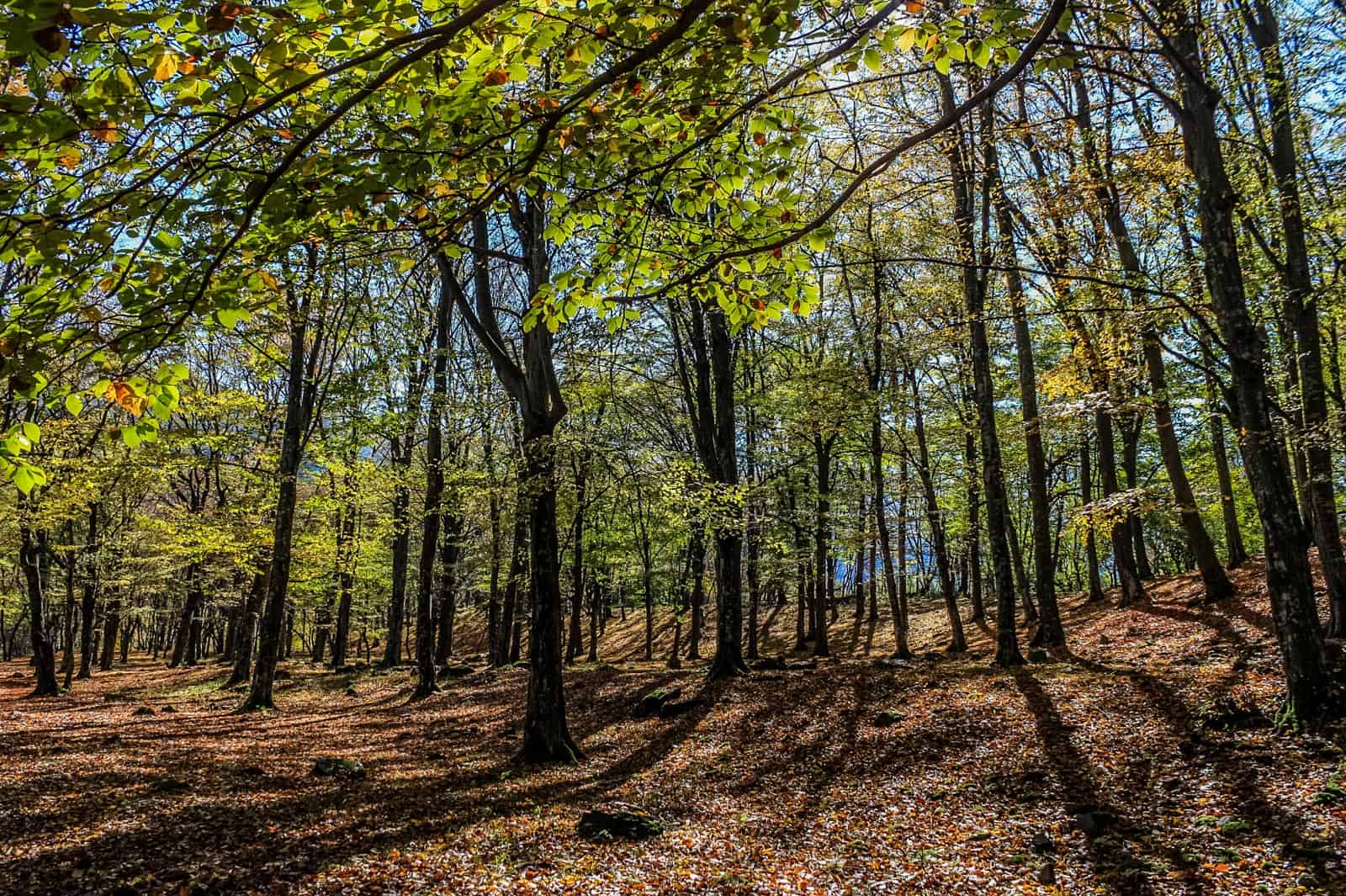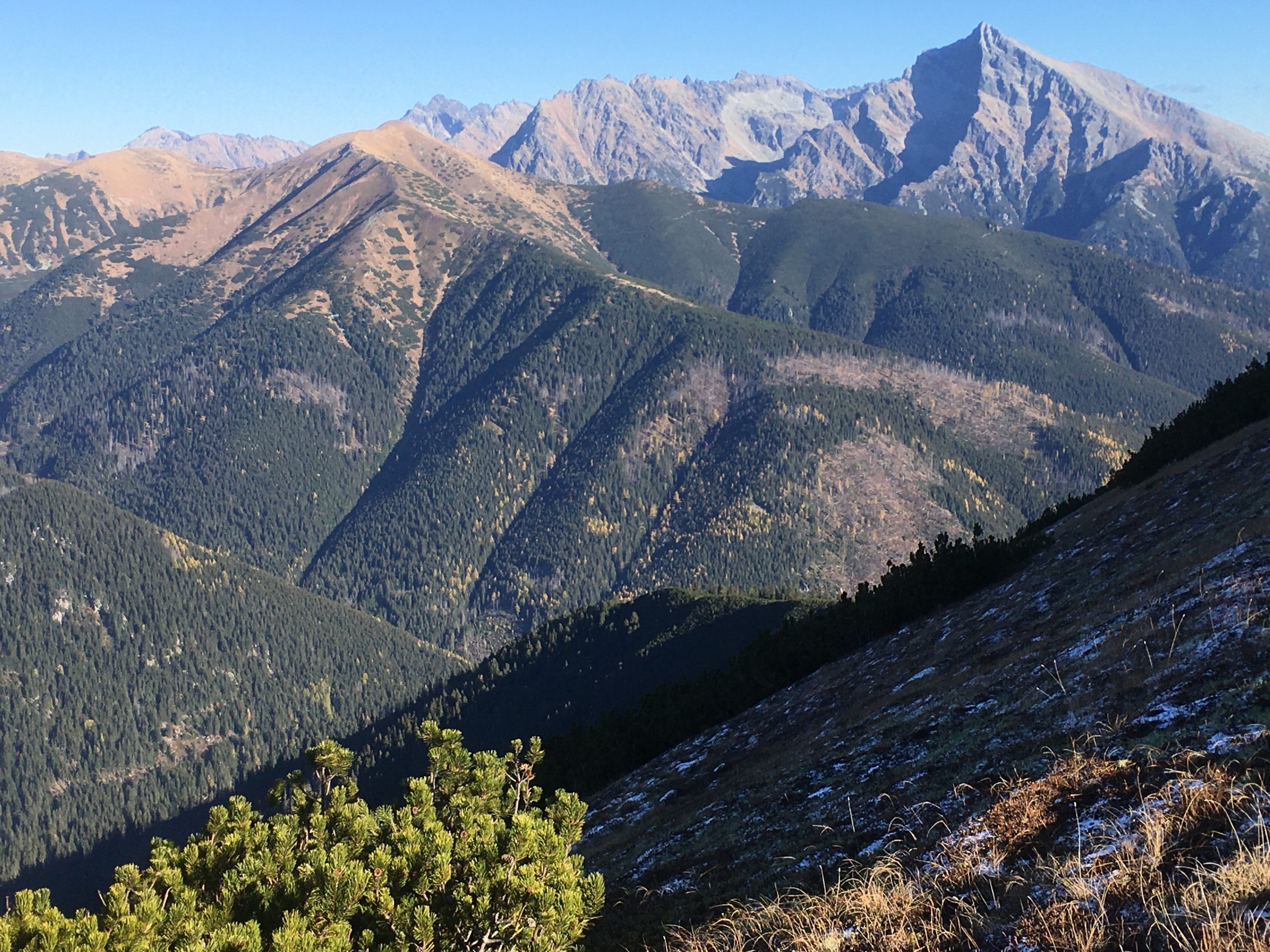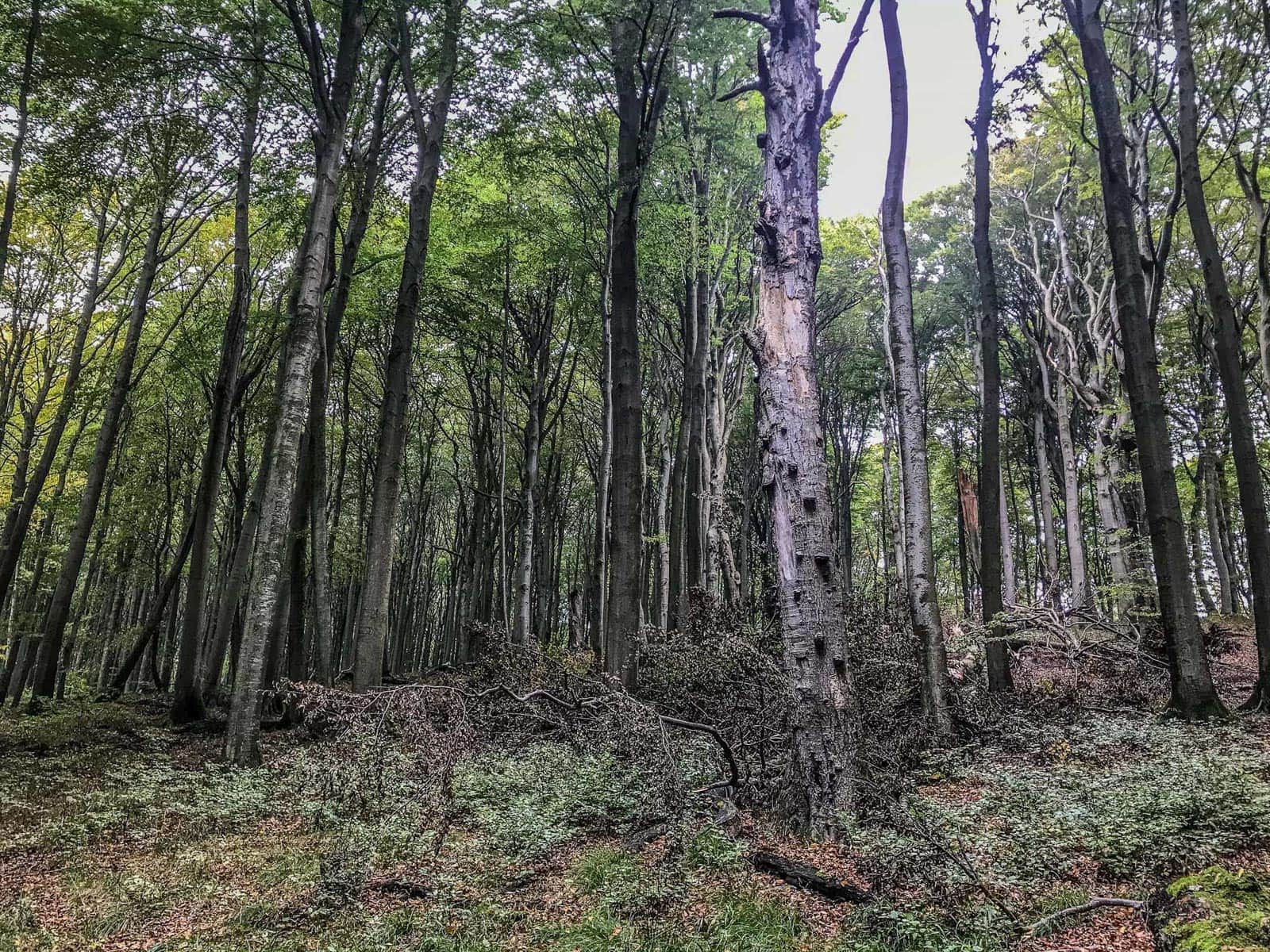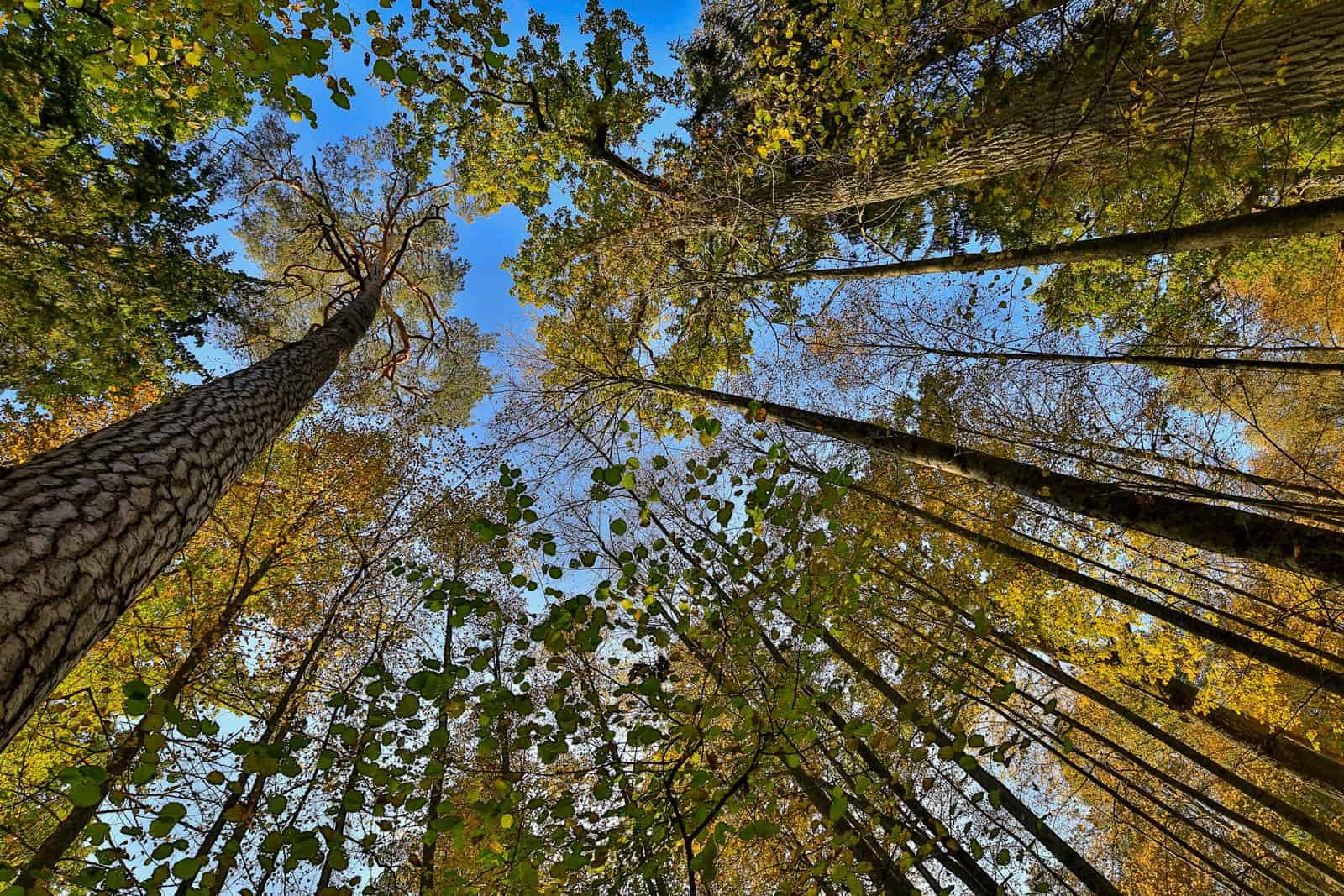Challenge to protect European forests
European forests are under extreme pressure. We can read almost daily the stories that somewhere in Europe forests are dying, logged and disappearing. The initial event leading to this is usually a large scale wind blow, fire or snowfall, which is extensive killing seemingly healthy forest. More and more people understand that the forests, particularly in Central Europe, are under extreme pressure.
The truth is however, that these forests have been dramatically suffering already for at least four to five centuries. In some part of Europe, such as the Mediterranean, this pressure has existed even longer. The reason that humans are systematically pushing the forest to the edge of extinction is not only that it provides a valuable resource: timber. It also is the result of an exploitation attitude of the people living throughout Europe.
European forest at the edge of death
In the last years, forests are visibly suffering a lot in many European countries. Large areas of nice evergreen conifer forest in Germany, several Central European countries and even in remote Carpathian Mountains are dying on a massive scale. Triggered by for example strong wind, severe fire or heavy snow storm, it is followed by massive insects and fungus impact. As a result, thousands of hectares of forest are destroyed.
It is a process that does not only surprise the public, but also the forest managers. The common answer is that the main reason for forest death is the growing frequency and scale of natural disturbances, overheating and climate extremes. However, many times these experts somehow are ignoring other, equally important aspects of this process. In this case, the history and forest management in the previous decades, current forest mismanagement, as well as timber and profit-oriented policies.







Timber versus ecological value
Generally it is considered that the forest timber is a spontaneously self recovering nature resource. And obviously timber “was, is and will be” an important (and cheap) resource for human development. This attitude of people to the forest is pretty common. Despite many studies, which are providing science-based arguments that timber is actually only a fraction of value provided by forests. The wide spectrum of other forest values is neglected.
Power of the natural forest
Forest occupied the European continent for millennia. Forest dominated this land since times when the man only sporadically passed through this land. Large contiguous forest stretched from the Mediterranean up to the Arctic circle. Likewise, they stretched from the Iberian peninsula up to the massive of the Ural Mountains. Due to European diversity the forests stretched from the sea coast up to the tree line in the mountains.
Trees ecological adjustment
Each forest ecosystem provided home for a certain collection of tree species. During eons, these species adjusted themselves to the specific ecological conditions. This so-called ecological adjustment provided enormous powers and remarkable self-recovery skills to the natural forest. During this period, tree species adjusted to survive and live in very specific ecological conditions. However, the consequence of this process was that the tree species living along the large and great rivers differentiated from the tree species growing on the dry areas or in the high mountains.
Principles of forest distribution
The ecological adjustment is a key element that some tree species adapted to a wider scale of ecological conditions others depended on very specific and narrow ecological niches. For example, the tough pine forest preferably occupied dry habitats stretching from the lower elevation, high up to the mountain slopes. Another tree species, such as oak or ash, enjoyed the luxury of mild climate and good and rich soil. Others became specialists to live in very specific ecosystems, such as the dwarf pine along the tree line.
Ignorance of nature rules
The result of this process was the adaptation to specific ecological conditions. The distribution of tree species has very strict rules and principles in which the system worked out for millennia. However, the modern forest management does not really respect these principles. For example spruce or pine was enormously in use for the last 3-4 centuries during re-forestation processes. There it was artificially planted in areas far away from their original distribution.
The reason of this process was simple: these tree species provided the maximal economic benefit. However, as a consequence of this artificial planting the trees usually survived only several decades. Up to the moment when the natural disturbances such as windblows or insect impact killed large areas of man-planted forest.
Where we are heading for?
More and more people, including landowners and experts such as foresters, biologists and managers believe that the forest is currently in such a difficult situation that without human intervention it cannot re-growth. This intervention basically means man-made regeneration. Very often also with the use of fertilisers or chemicals to control the impact of insects or fungi. Experiences from many European countries are showing that this is just an excuse to continue on massive forest exploitation.







